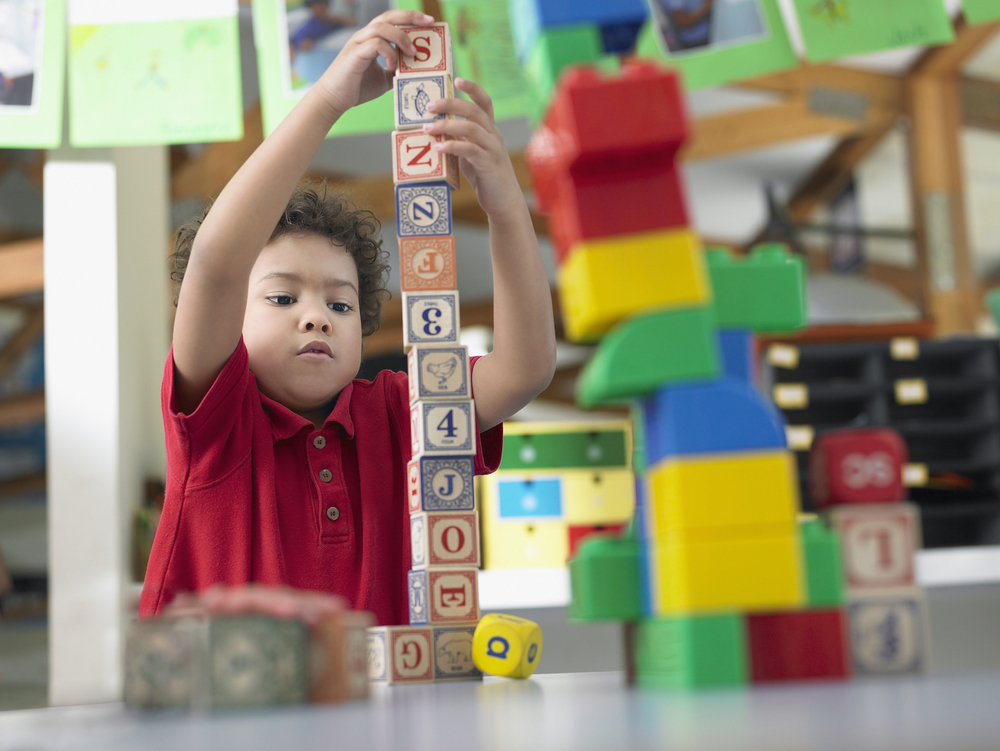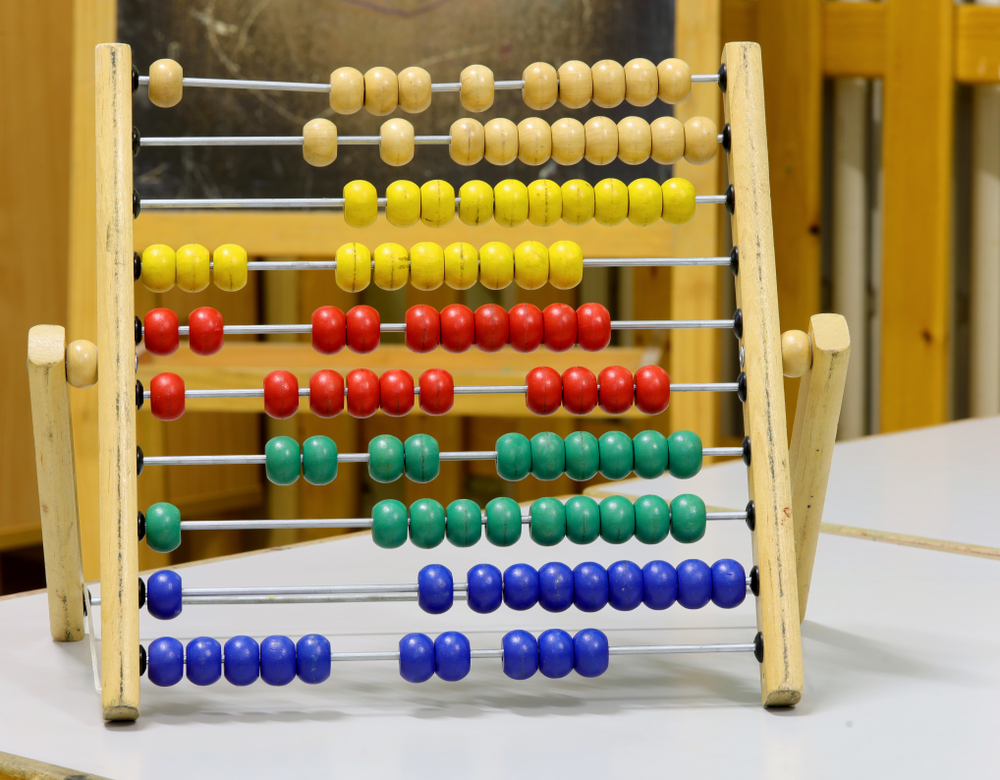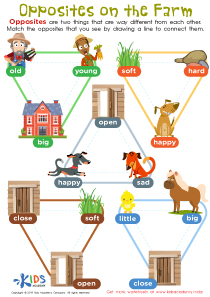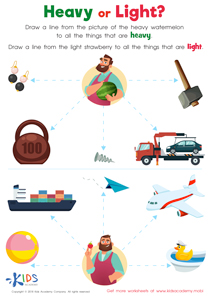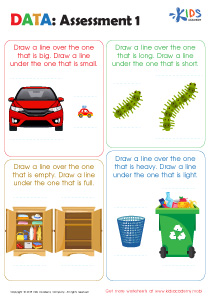Recognizing Patterns Normal Math Worksheets for Ages 4-6
3 filtered results
-
From - To
Unlock the world of learning with our "Recognizing Patterns Normal Math Worksheets" designed for children ages 4-6! These engaging, printable worksheets empower young learners to identify and create patterns using colorful visuals and fun activities. Each worksheet offers a hands-on approach to developing essential math skills while nurturing critical thinking and problem-solving abilities. Parents and teachers will appreciate the easy-to-follow instructions and variety of exercises, designed to keep children captivated. Discover how recognizing patterns fosters foundational math knowledge and boosts confidence. Explore our resourceful collection today and watch your child's analytical skills flourish through the joy of learning!


Geometry Worksheet
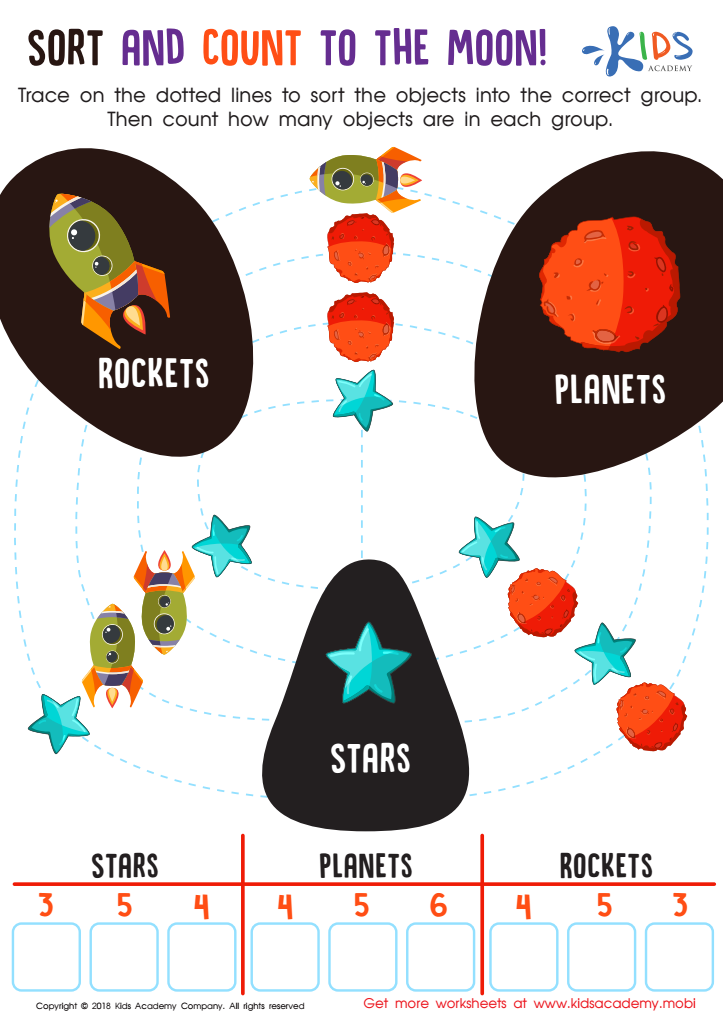

Sort and Count to the Moon Worksheet
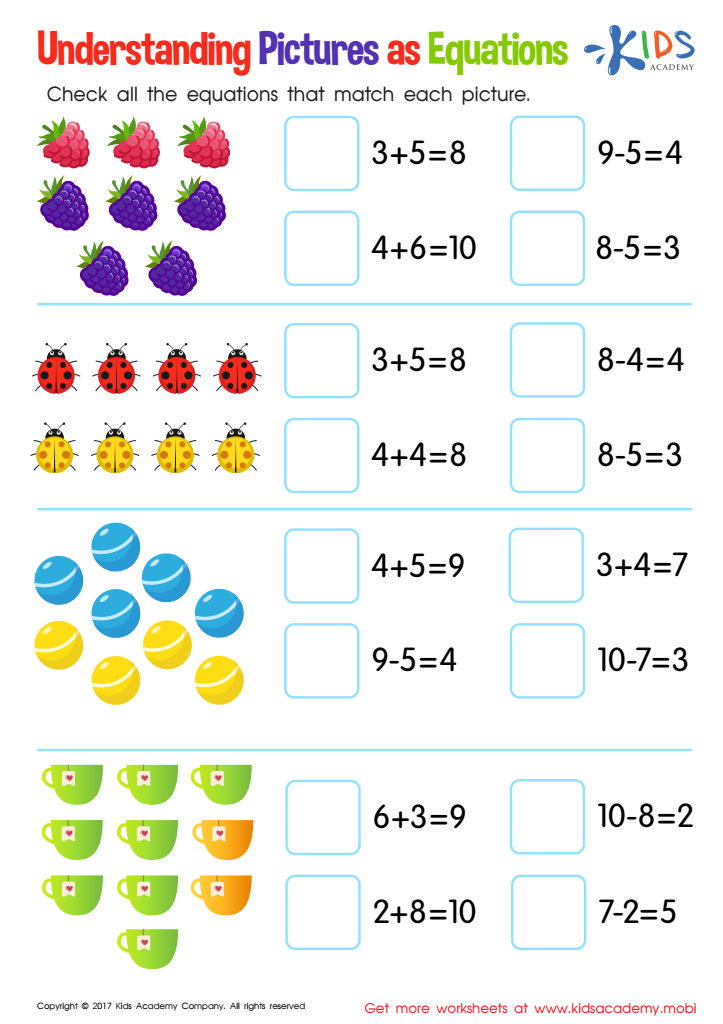

Understanding Pictures as Equations Worksheet
Recognizing patterns is a foundational skill in early mathematics for children aged 4-6, which lays the groundwork for future mathematical understanding. When parents and teachers prioritize this ability, they pave the way for children to develop critical thinking and problem-solving skills. Patterns are not only prevalent in math but also in nature, art, music, and daily life, fostering a sense of connection to the world around them.
By helping young learners recognize patterns, adults encourage observational skills and logical reasoning. For example, identifying colors, shapes, and sequences enhances cognitive skills, all crucial for more complex mathematical concepts like addition and subtraction later on. Furthermore, pattern recognition enhances memory and attention, as children learn to predict and anticipate outcomes based on established sequences.
In addition, teaching this skill creates a fun and engaging learning environment. Interactive activities like games, songs, and hands-on crafts can make pattern recognition enjoyable, helping solidify a love for learning. When parents and teachers collaborate to reinforce these concepts, they support children’s overall cognitive and emotional development, ensuring they are better prepared for academic challenges in the future. Recognizing patterns ultimately builds a strong mathematical foundation that nurtures lifelong learning and curiosity.

 Assign to My Students
Assign to My Students


